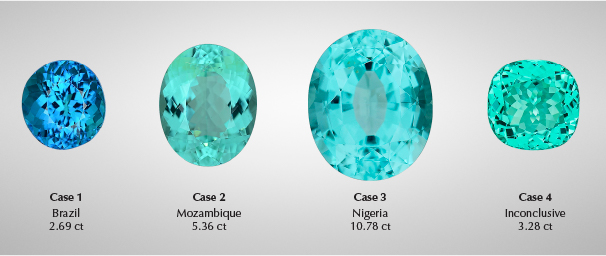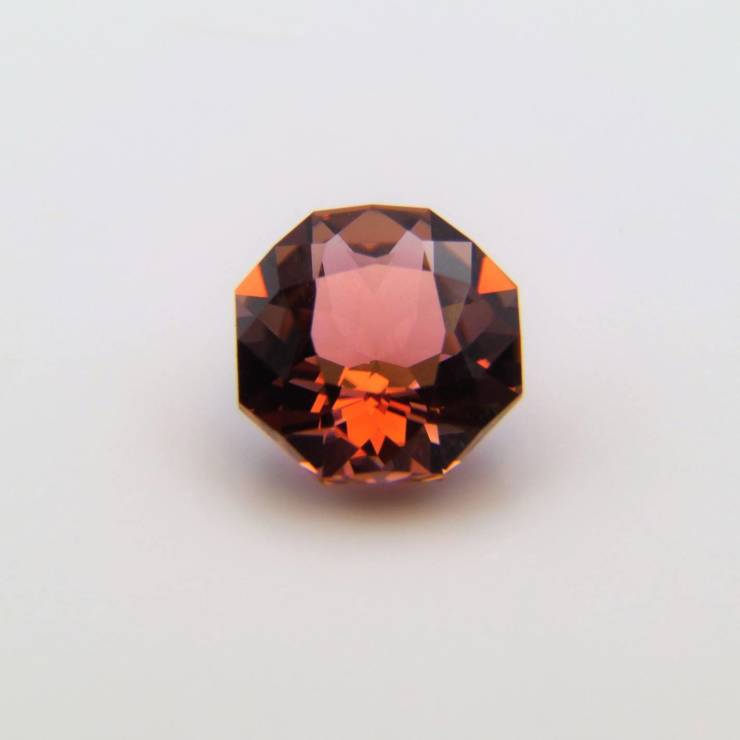Not only does it have all possible colors, but some tourmalines have more than just one color in the same stone …
The name tourmaline (from the Sinhalese term – tourmalines, however, belonged to all the stones discovered in Sri Lanka).
The word turmali in translation means a stone that attracts ashes.
It was discovered by Dutch merchants in the late 16th and early 17th centuries. Today we know that it is a boron-containing silicate. However, the old merchants could not distinguish them (especially the pink tourmalines were considered rubies). Pink tourmalines in many historical gems were also referred to as rubies. It was brought to Europe in 1703 by Dutch sailors. It is multicolored in one piece or creates color variations. It has been found to have piezoelectric and pyroelectric properties.
Many tourmaline crystals show polarity – color, electrical properties and crystalline forms differ at both ends of the crystal. The Swedish botanist Carl von Linne called it an “electric stone”. Allyhmists also respected him for these qualities. The most common is black – skoryl and the rarest has a neon color called paraiba. We also know green verdelite, pink rubellite and blue indigolite. In lithotherapy, it is widely used according to color. It is a suitable stone for actors and artists.
It is also considered a stone of harmony and energy.
Recently, tourmaline has appeared significantly among precious stones and is becoming more and more popular in jewelry. It is characterized by exceptional color, which can vary in one and the same crystal. Colored varieties have their names: rubellite – pink and red; verdelite – green; indigolite – blue. It creates at least 23 different varieties, of which we list the basic ones, such as skoryl, rubelite, verdelite, indigolite, predate. The most common is black, which is black. Rubellite in translation means red. It most often has a color from deep pink to purple. The best rubellites come from Tanzania and Nigeria, but also from Brazil. Bottle green is a typical color for verdelite. Tourmaline, which has a color from sapphire blue to bright turquoise, is called indigolite. Dravit due to the presence of magnesium has a yellow-brown to orange-brown color. The most impressive is the so-called melon tourmaline, which, when cut transversely through the crystal, has a red or pink center and a green border around it.
Some crystals are pink at one end and green at the other end. Among the rarest trumalins are the so-called neon tourmalines, which were not discovered until the 1980s at the José de Batalha mine in the Brazilian state of Paraiba. They have bright, deep colors – green, turquoise blue and purple. The most famous tourmaline sites in the world are Brazil, USA, Russia, Burma, Tanzania, Zambia, Nigeria, Namibia, Pakistan and Madagascar.




